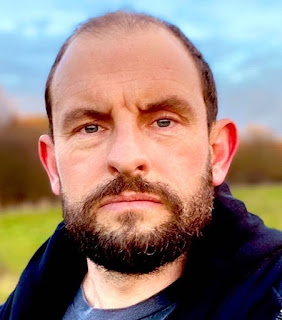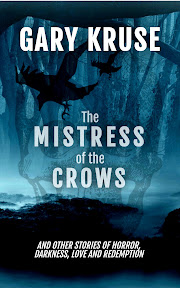I was approached by a fellow author who suggested that I might enjoy this book. ‘It’s got history, archaeology and witches in it’, she said. ‘And I know you like a good gothic tale.’ Intrigued, I pre-ordered it on Amazon.
I was surprised to find, when I looked up the book, that the author was someone who had already been on the blog. So, if you want to know more about Mary Kendall and her books, you can read that previous post Here.
The story begins when college lecturer Miranda Chesney moves to a new campus to take up a newly arisen post. On starting her new job, Miranda encounters Brian, an archaeologist. Having decided she is staying and needing to set down roots, Miranda falls in love with an old property in the area. It’s a bit out of her price range, but there is something about the house that keeps pulling at her. Having moved in, her colleague Brian suggests a dig on her property because of the long history associated with the building and that part of town. The discovery of a witch's bottle, an artefact that has an unclear history and meaning, is the beginning of a series of tense and mysterious occurrences at the house. As the novel progresses, Miranda is left questioning her personal safety and her attachment to the house.
What a great story this is. I found the plot compelling, the twists and turns kept me turning the page and the narrative voice flowed easily. All the characters are engaging and very well drawn. I particularly enjoyed the developing relationship between Brian and Miranda—the ‘will they? won’t they?’ subplot adding an extra dimension to this very engaging tale.
It was also interesting to pick up on snippets of colonial history throughout the story. The notes at the end of the book provide the actual historical background to the text which made me curious enough to check a few things out. So, I did take some time out to do some research and that has captured my attention further. I certainly want to visit the real locations used in the novel at some point in the future. This is a thoroughly enjoyable modern gothic novel and I can heartily endorse it as an excellent read.
You can follow Mary on Instagram Threads Twitter/Now X and on Facebook Mary also has her own website, which you can access Here







